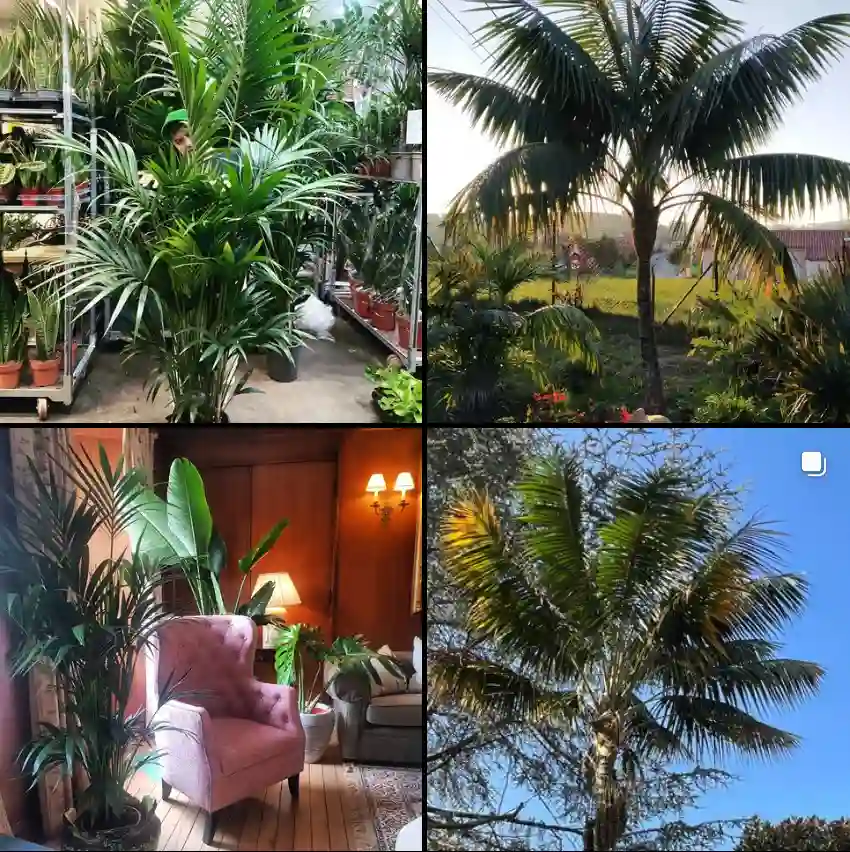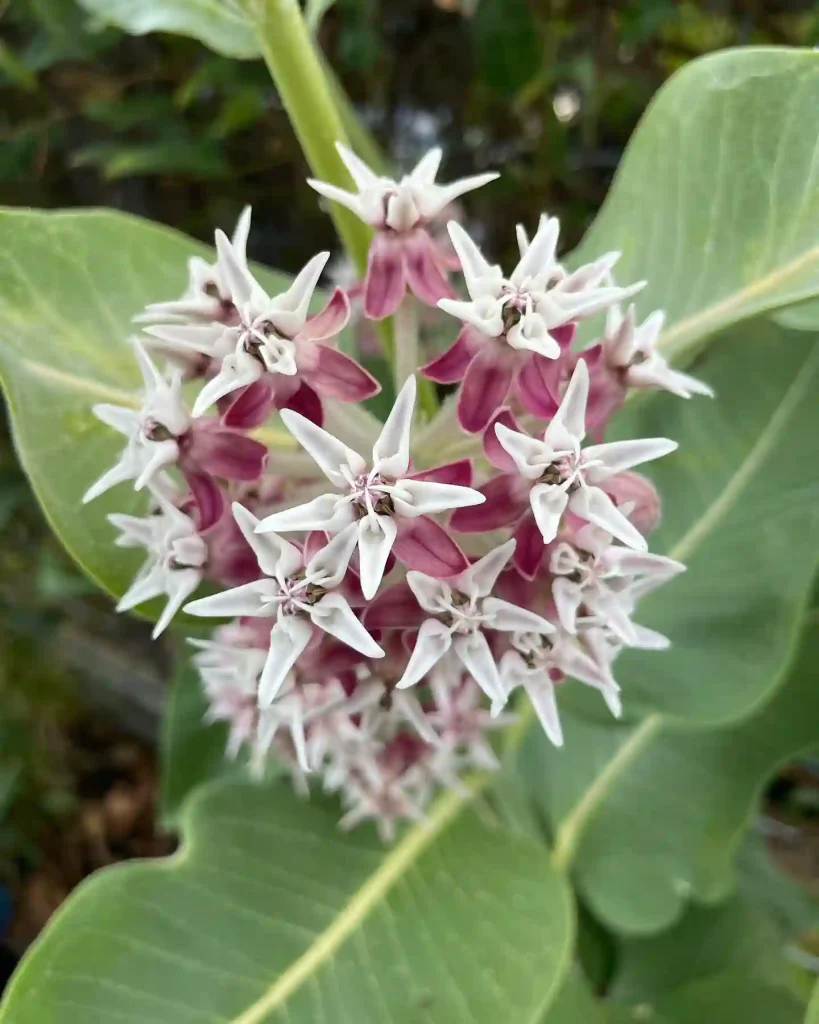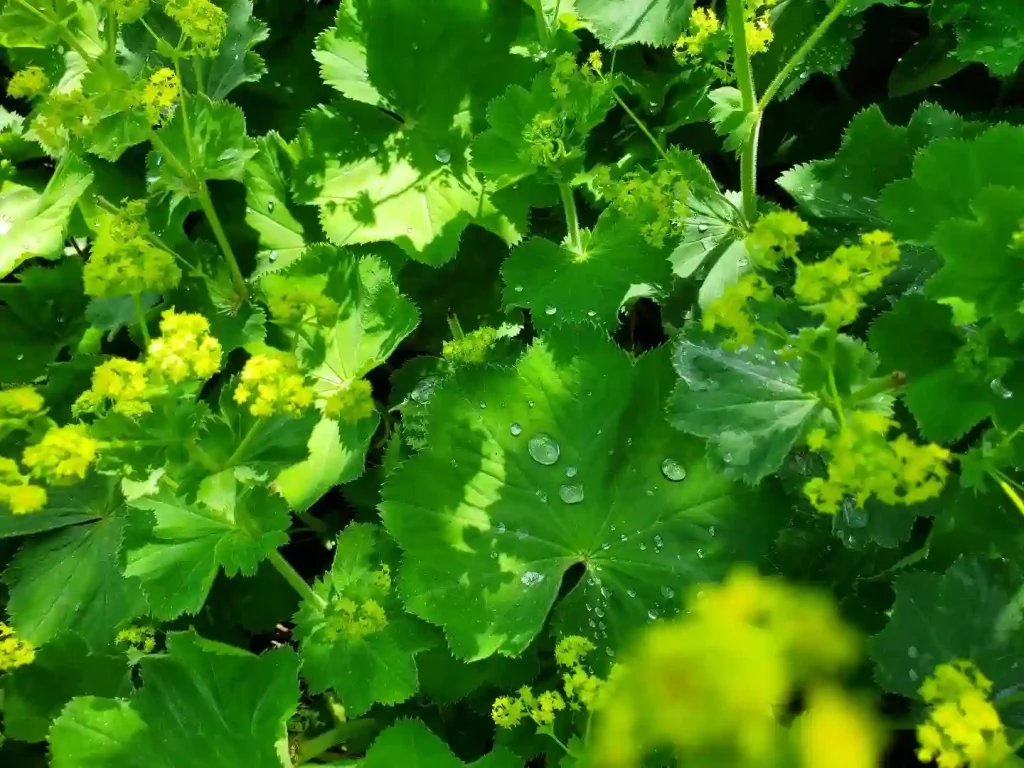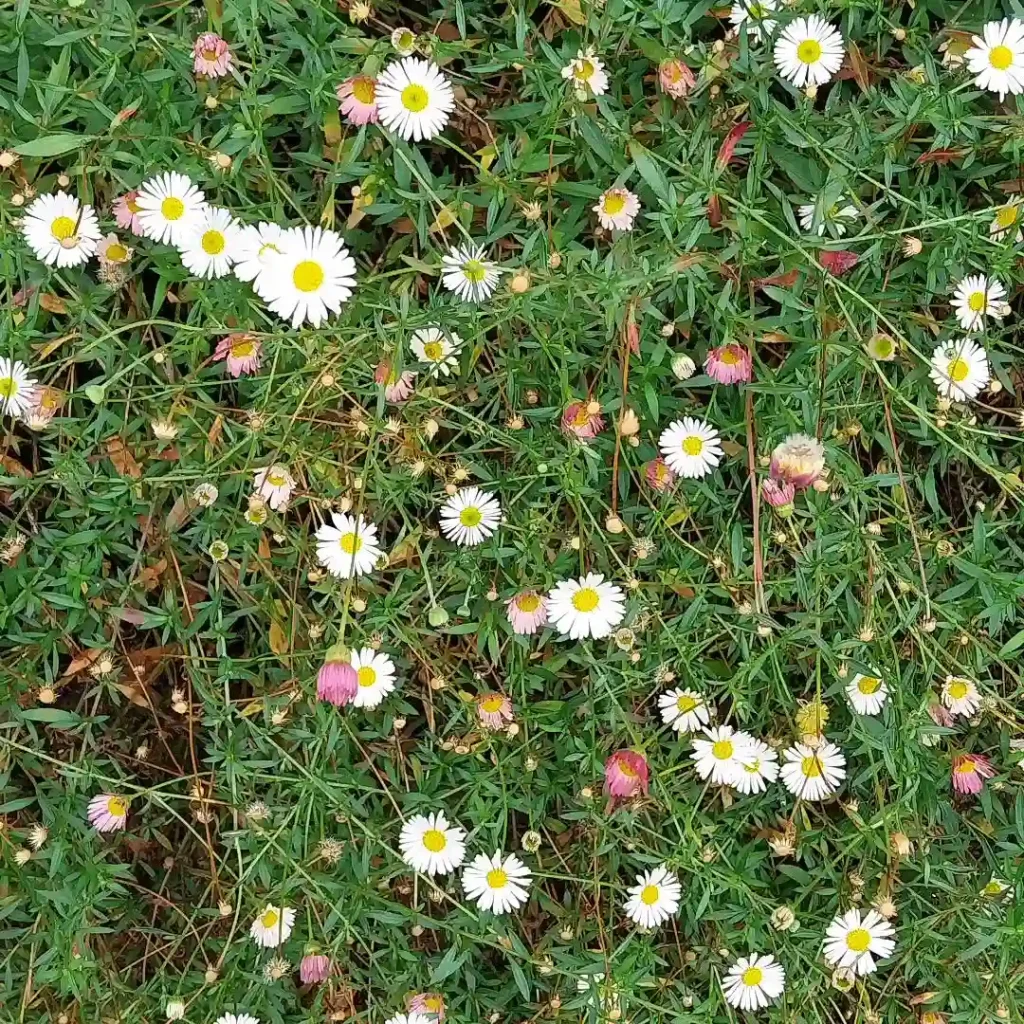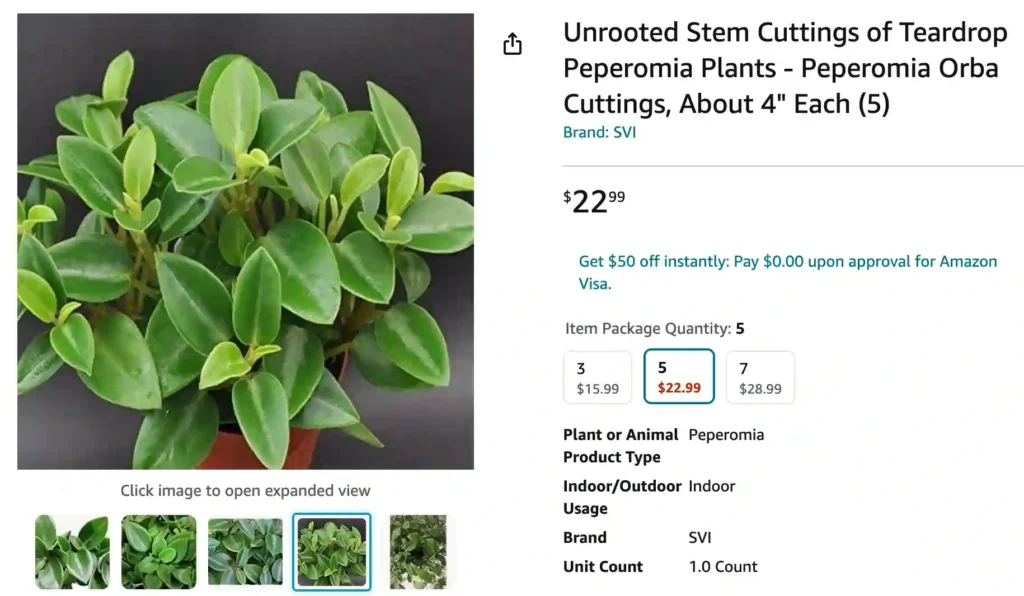
What is Peperomia Orba?
Hello, fellow plant enthusiasts! Ferb Vu here, and today, we’re diving into the delightful world of the Peperomia Orba, also known as the Teardrop Peperomia or Pixie Lime. This little charmer has stolen the hearts of many plant lovers, myself included, with its low-maintenance needs and captivating looks.
Whether you’re a seasoned plant parent or a complete newbie, the Peperomia Orba is an excellent choice. Let’s address some of the most common questions you might have about this gem.
1424 Species in Genus Peperomia
Light Requirements: Bright Indirect, Not Harsh Direct
The Peperomia Orba thrives in bright, indirect light. Think of a spot near a window that receives dappled sunlight throughout the day. Avoid harsh, direct sunlight, which can scorch the delicate leaves. If you notice the leaves losing their vibrancy or turning pale, it might be getting too little light. Conversely, if the leaves start to curl or stretch, it’s receiving too much direct sun.
Watering Needs: Less is More, Always
Remember, Peperomia Orba is a semi-succulent, meaning it stores water in its fleshy leaves. This translates to infrequent watering. The key is to allow the soil to dry completely between waterings. To check for dryness, stick your finger about an inch deep into the soil. If it feels dry, it’s watering time. Overwatering is the enemy of this plant, so err on the side of underwatering.
Comparison Corner: Peperomia Orba vs. Peperomia Obtusifolia (Baby Rubber Plant)
Both the Peperomia Orba and the Peperomia Obtusifolia (Baby Rubber Plant) are popular choices for indoor gardeners. Here’s a quick breakdown of their similarities and differences:
Similarities:
- Low-maintenance: Both require minimal fuss and are ideal for forgetful plant parents.
- Non-toxic: Safe for homes with pets and curious children.
- Air-purifying: They help improve indoor air quality by removing common toxins.
Differences:
- Light: Peperomia Orba prefers bright, indirect light, while Peperomia Obtusifolia tolerates lower light conditions.
- Size: Peperomia Orba is a slow grower and remains compact, while Peperomia Obtusifolia can reach a decent height over time.
- Leaf Shape: Peperomia Orba boasts teardrop-shaped leaves, while Peperomia Obtusifolia has glossy, oval-shaped leaves.
Ultimately, the choice depends on your preference. If you desire a unique, compact plant that thrives in bright, indirect light, the Peperomia Orba is your champion.
Propagation: Sharing the Teardrop Love
The good news is that Peperomia Orba propagates easily, allowing you to share the plant love with friends and family. Here’s a simple method:
- Leaf Cuttings: Select a healthy leaf and snip it off near the base. Remove the lower leaves, leaving a clean stem.
- Planting: Prepare a pot with well-draining potting mix and a moistened perlite layer for better drainage. Plant the stem, ensuring a node is buried in the soil.
- Patience is Key: Water lightly and place the pot in a warm location with indirect light. Keep the soil slightly moist but not soggy. Roots should develop within a few weeks.
Common Problems and Solutions
While generally trouble-free, here are a few issues you might encounter:
- Drooping Leaves: This usually signifies underwatering. Give your Peperomia Orba a thorough drink and adjust your watering routine.
- Brown Leaves: This could be due to overwatering, causing root rot. Inspect the roots. If mushy and brown, repot the plant in fresh, well-draining soil. Ensure proper drainage.
- Pests: Mealybugs or scale can occasionally become a nuisance. Neem oil solution is an effective, natural treatment.
Conclusion: The Peperomia Orba – A rewarding companion
The Peperomia Orba is a charming and resilient houseplant that brings a touch of nature’s beauty indoors. With its minimal needs and captivating teardrop leaves, it’s a wonderful addition to any plant collection. So, give this little gem a try, and I guarantee it will reward you with its effortless elegance.
Happy planting!
If i die, water my plants!
